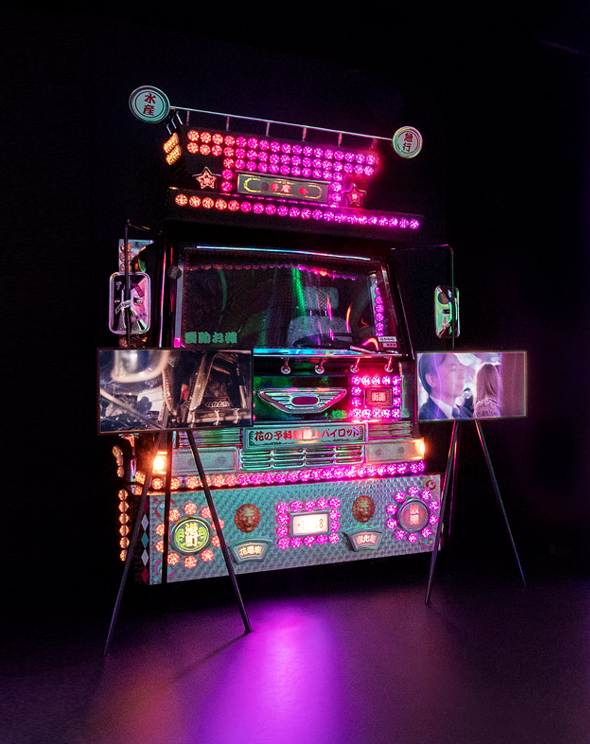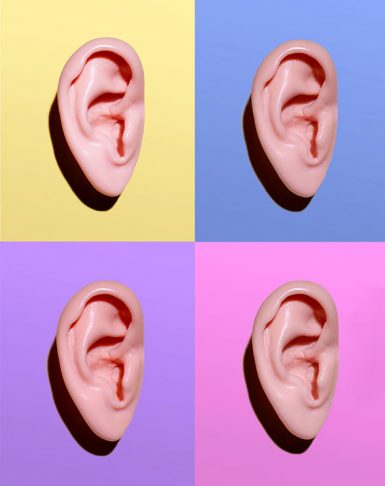This article originally appeared in Multichannel Merchant.
The Gucci Garden experience on Roblox
What’s real is changing – how is your brand world keeping up?
People are buying NFTs from Sotheby’s and “NF-Tees” from Supreme. Holoportation is happening via Microsoft; Facebook can turn any surface into your keyboard. And Walmart just invested in virtual dressing room firm Zeekit.
The evolution of virtual presence and economies is expected to transform everyday life and human interaction. What was once science fiction – as a shared, living and augmented digital twin of our world a la Ready Player One and The Matrix – is now under construction by every major player in tech.
As physical and virtual realms converge, people will think differently about goods and services, differently about society and differently about the role of companies and organizations in their everyday lives.
The future of brand-building is more than storytelling and design – it’s more about creating a brand world. As our attention moves beyond the screen, stories will become even less linear and more choose-your-own-adventure. Design systems will continue to grow beyond visual elements and into the domains of sound, space and motion.
As complex new systems, environments and protocols emerge, marketers can keep things simple by leaning into purpose, creativity and community. This is how brand-building can create digital brand worlds that span multiple realities and evolve into the future.
Build a brand world with purpose
Everything in your brand world should be a manifestation of who you are and what you stand for. In the fabric of your brand experience, purpose should be the brightest thread.
For example, holoportation: Microsoft’s purpose is to empower people and organizations to achieve more. Its HoloLens 2 headset can beam colleagues into your home office, where you can move or manipulate the same 3D content, opening new doors to collaboration.
True to its purpose, Microsoft working to make holoportation a reality that does not require a $3,500 headset. Its new Mesh platform is designed to bring these capabilities to more affordable AR and VR headsets, and even mobile devices.
Integrated with other innovations like real-time translation and AI-powered assistance for the visually impaired, immersive technology could bring Microsoft’s purpose of advancing human achievement to life in even more ways.
Purpose brings functional and emotional value to brand experiences in any environment. Without it, people have little reason to trust, engage and interact with each other in a brand world.
Create brand elements bridging physical and digital
Consistency can also help build trust in a brand by reinforcing your point of view. With creativity that can flex to different contexts and environments, brands can tell stories fluidly between physical and augmented realities.
This is how, compared to other industries, luxury fashion brands are gaining more traction with immersive technologies and in virtual worlds.
Last year, Louis Vuitton rolled out its new approach to seasonless, traveling menswear collections with the Adventures of Zoooom with Friends, a series of short films and activations that bridge the digital-physical divide. The world was built using some of the designer’s signature patterns and embracing its history as a trunk maker.
In addition to the short films, the brand brought its whimsical world to life with augmented reality. In January, Zoooom and friends could be found at Louis Vuitton’s Maison on Place Vendôme, climbing out the windows and playing music on the rooftop.
The Gucci Garden Experience on Roblox is another example of how signature brand elements create fluidity between realities – and in the process, make a brand world more accessible.
A virtual version of a physical exhibit in Florence, the two-week Roblox popup was an opportunity for the blocky masses to engage with the flora, fauna and textured patterns of creative director Alessandro Michele’s artistic vision – and of course, shop for digital branded items (one of which sold for even more than the physical version).
But the Roblox experience did more than just replicate the physical world. As visitors entered the virtual garden, their avatars transformed into blank mannequins that absorbed different elements of the exhibition as they wandered through. By the end of the journey, every mannequin was a one-of-a-kind creation that reflected the unique way in which each visitor engaged with the environment.
Empower audiences to shape your brand world
A brand world should be shared and shaped by the people experiencing it. By encouraging individual agency and social interaction, a brand can cultivate a community.
With 75% of its daily audience interacting with augmented reality, Snap is unlocking new ways people can express themselves and interact with the world around them.
Last fall, Snap’s augmented reality technology broke new ground with its City Painter experience, which converted London’s Carnaby Street into a digital canvas for graffiti murals. Unlike most mobile AR experiences, where augmented elements are only visible to you, the virtual paint sprayed by one user was visible to others.
This concept of a persistent and augmented reality where individuals have autonomy, social presence and shared spatial awareness has become known as the metaverse.
Life will be real inside the metaverse. People we want to see. Problems we want to solve. Futures we want to build.
Now is the time to be a pioneer. Marketing in the metaverse may seem complex, but with a brand world of purpose, creativity and community, the experiences you deliver can be simple.

